Red light cameras flash when a car crosses the intersection on a red light or makes improper turns. They use sensors to detect violations and enforce traffic laws for safety.
Traffic cameras are vital in enforcing road safety by ensuring drivers obey laws. A common type is the red light camera, placed at intersections to catch those running red lights. But what causes a red camera to flash during a turn? This article explores how red light cameras operate and why they flash when turning.
Understanding their functions can help drivers avoid fines and stay informed about traffic rules, leading to safer roads for everyone.
Understanding Traffic Cameras:
Traffic cameras monitor vehicles to enforce laws and improve road safety. They are placed at busy intersections and highways, capturing photos and videos of traffic violations like running red lights or speeding. By doing so, they deter unsafe driving behaviors and promote adherence to traffic signals.
This system enhances overall safety, reducing accidents and encouraging drivers to follow the rules. Cameras are crucial in maintaining order and preventing incidents at high-risk areas, ensuring safer travel for all road users.
What Is the Red Light Camera System?
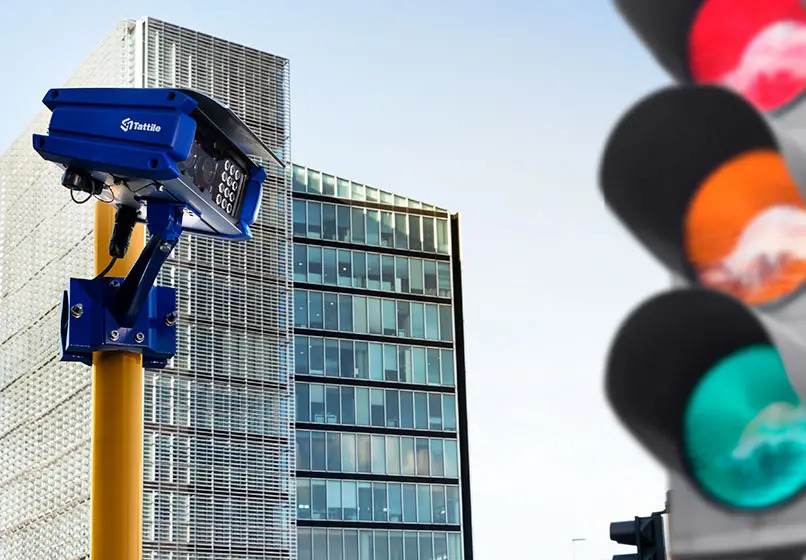
Red light cameras capture drivers running red lights at intersections. The system includes high-resolution cameras, sensors, and computers to detect violations. Cameras are positioned to take clear photos and videos of vehicles entering the intersection on a red light.
Sensors embedded in the road detect vehicle presence and speed, while computers process this data to confirm violations. The system is essential at busy intersections, reducing accidents by ensuring drivers follow traffic signals, ultimately promoting safer driving habits.
How Does the Trigger Technology Work?
Red light cameras use advanced technology, including inductive loop sensors and radar or LIDAR systems, to catch drivers running red lights. Inductive loop sensors detect vehicles by sensing changes in the magnetic field as cars pass over loops embedded in the road. Radar or LIDAR systems measure vehicle speed and distance.
If a violation is detected, cameras capture images and videos from various angles, providing clear evidence of the infraction. This technology ensures accurate enforcement, reducing false positives and enhancing road safety.
How Does a Car Trigger the Camera?
A car triggers a red light camera by crossing the stop line after the light turns red, causing the camera to capture the violation. Another trigger is failing to make a complete stop before a right turn on red, common in areas where this turn is permitted.
Illegal left turns or entering during the yellow phase without clearing the intersection before it turns red can also activate cameras. Understanding these triggers helps drivers avoid fines and adhere to traffic laws, ensuring safer driving.
Also read: Can i Turn on a Game Camera Remotely – A Complete Guide!
Caught on Camera – Why a Red Light Flashes During Turns?
Seeing a camera flash during a turn can be alarming. It often occurs due to late turns, where drivers enter an intersection during a yellow or red light. Rolling stops, or not fully stopping before a right turn on red, can also trigger the flash. Improper lane usage, such as turning from the wrong lane, leads to violations.
Awareness of these causes helps drivers navigate intersections safely, preventing unnecessary camera flashes and associated fines, promoting better compliance with traffic laws.
Red Light Cameras Explained – What Causes the Flash When You Turn?
Red light cameras capture violations using synchronized systems with traffic signals. When a vehicle enters an intersection after the light turns red, cameras are triggered to capture clear images. Multiple angles ensure visibility of the car, license plate, and sometimes the driver, even in low-light conditions.
The flash helps capture details at night. Images are reviewed before issuing tickets, ensuring fair enforcement. Understanding this process helps drivers avoid mistakes, improving compliance with traffic laws and enhancing road safety.
Turning and Traffic Cameras:
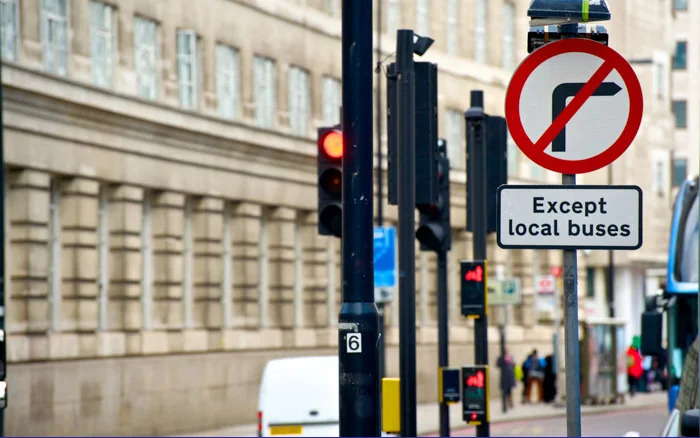
Turning at intersections with traffic cameras requires careful attention to signals and rules. Right turns on red are allowed in many places, but only after a complete stop. Rolling through without stopping triggers the camera. Intersections with dedicated turn signals have specific rules; ignoring them or turning from the wrong lane activates the camera.
Knowing where cameras are helps drivers be extra cautious, following laws and staying alert to navigate intersections safely, reducing the likelihood of fines and violations.
What Activates a Red Light Camera During Turns?
Several factors activate a red light camera during turns, mainly crossing the stop line after the light turns red. Approaching intersections too quickly without stopping can trigger the system. Illegal turns, such as turning from the wrong lane or when prohibited, also activate cameras.
Understanding these triggers helps drivers stay informed, avoiding camera activations. Paying attention to signals, slowing down when approaching intersections, and following lane rules are crucial to avoiding violations, promoting safer driving habits.
Navigating Intersections – What Triggers a Red Light Camera Flash on Turns?
Navigating intersections safely requires following traffic laws. To avoid triggering a red light camera, approach with caution, prepared to stop if the light changes. Always stop completely before turning right on red, if permitted. Obey dedicated turn signals and avoid turning from incorrect lanes.
Staying alert and aware of surroundings prevents accidental violations. Watch for red light camera signs to be cautious. Understanding camera operations and triggers helps drivers drive safely, ensuring a smooth, violation-free journey.
FAQ’s:
1. What triggers a red light camera during a turn?
A red light camera is triggered when a car crosses the stop line after the light is red, makes an illegal turn from the wrong lane, or doesn’t stop completely before turning right on red.
2. How do cameras at red lights operate?
Red light cameras use sensors in the road to detect when a car crosses the intersection after the light turns red, taking pictures and videos to show a clear violation.
3. Can a red light camera flash for legal right turns?
Yes, a red light camera can flash if a driver makes a right turn on red without stopping completely, as this is considered a violation in many places.
4. Do red light cameras work at night?
Yes, red light cameras have flashes to take clear pictures even at night, so violations are recorded accurately no matter the time.
5. How can drivers avoid triggering red light cameras?
Drivers can avoid triggering red light cameras by stopping completely at red lights, following turn signals, using the correct lane, and paying attention to traffic rules.
Conclusion:
Understanding what makes a red light camera flash during a turn is important for drivers to avoid fines and stay safe. By stopping completely before turning right on red and following turn signals, drivers can prevent unnecessary camera flashes. Red light cameras help keep roads safe by stopping unsafe driving and making sure everyone follows traffic laws. Being aware of these cameras makes intersections safer for all drivers.
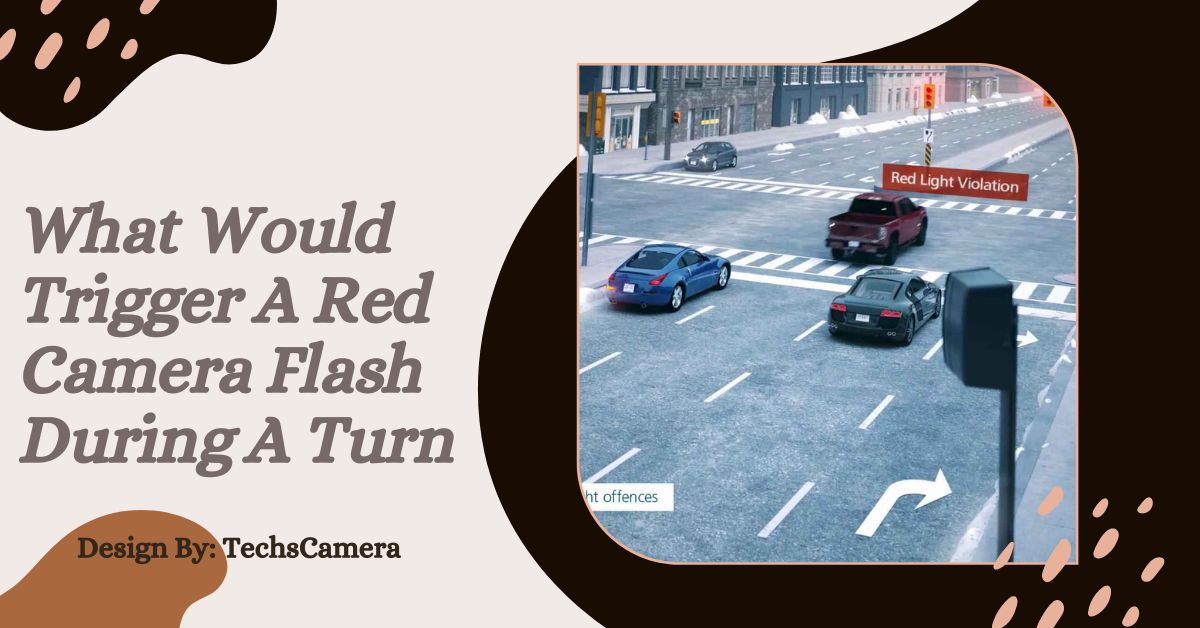

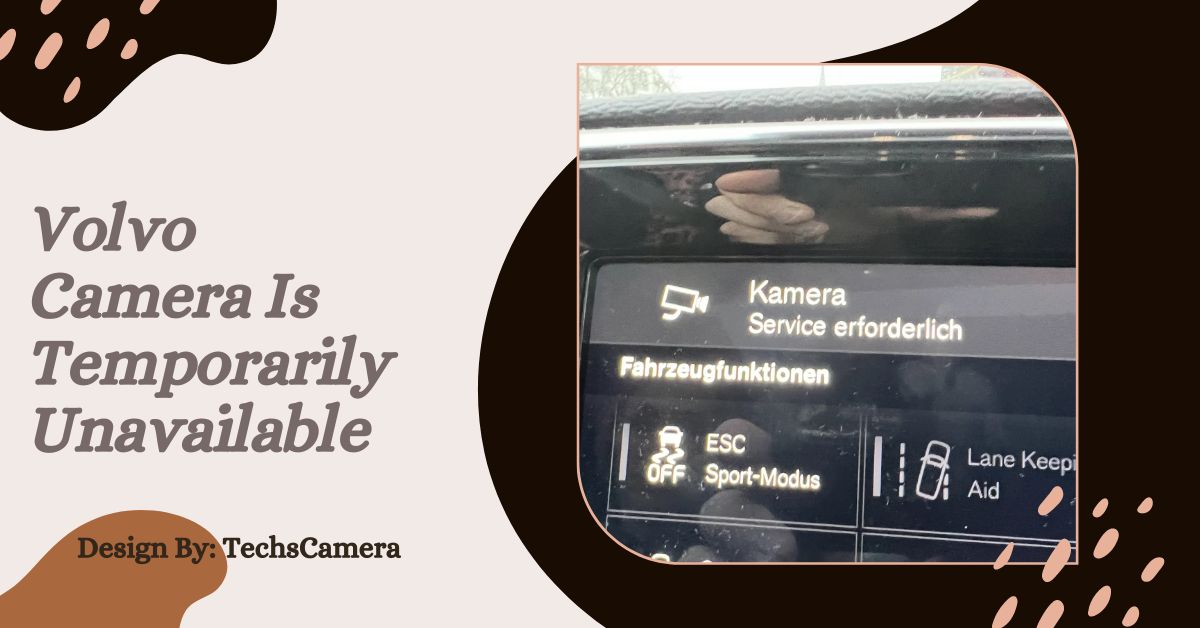
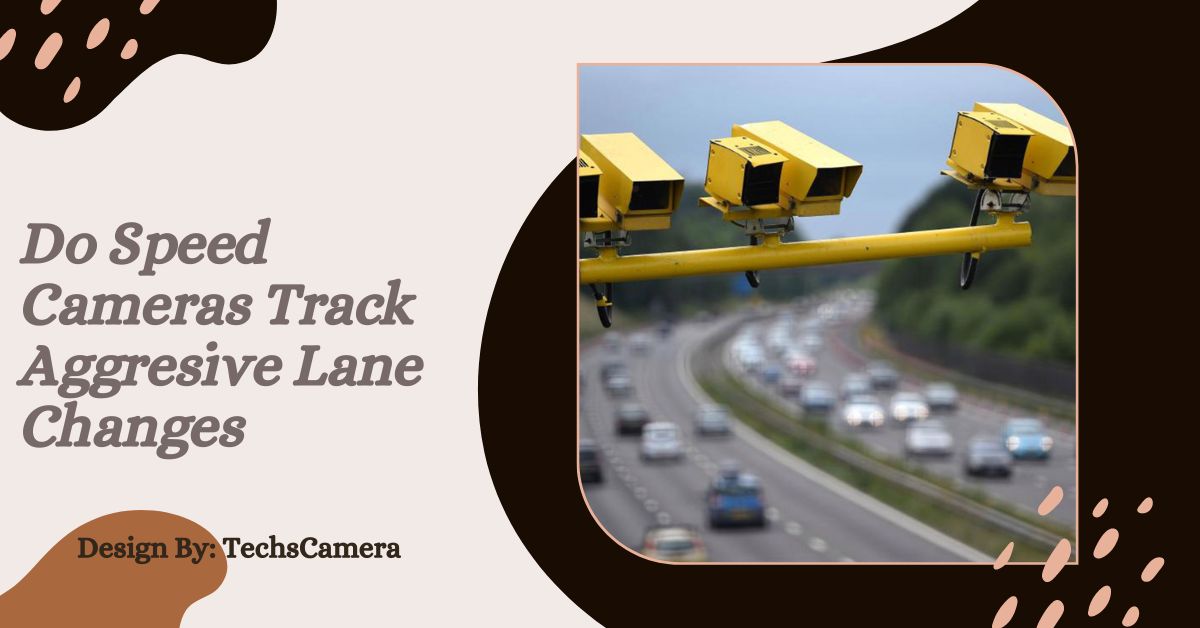
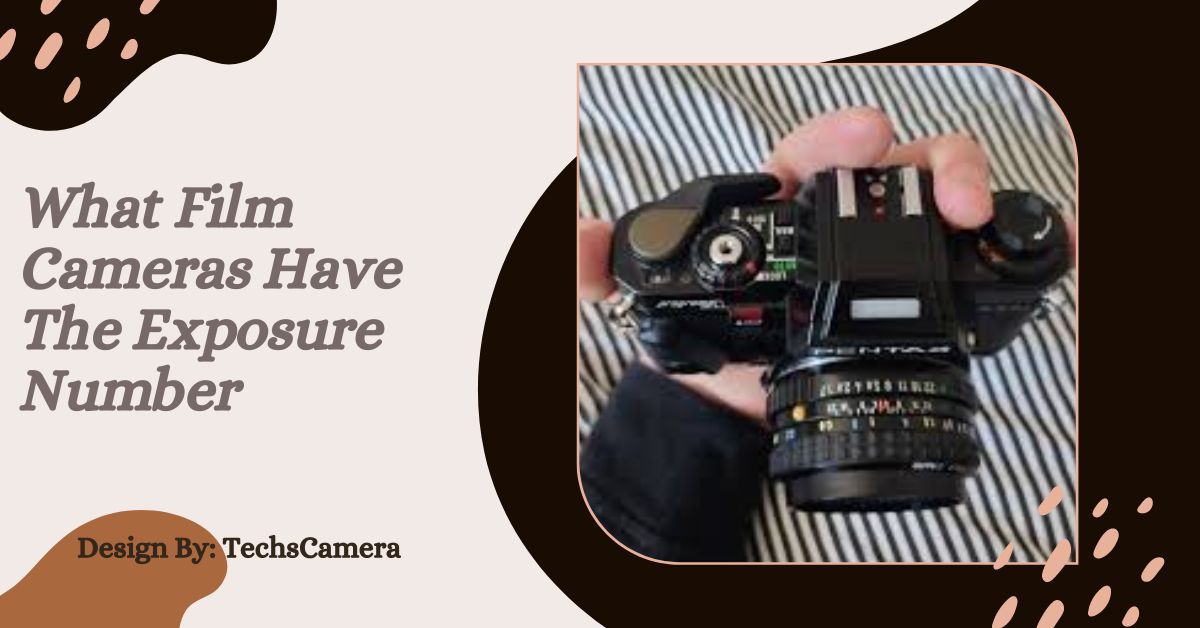
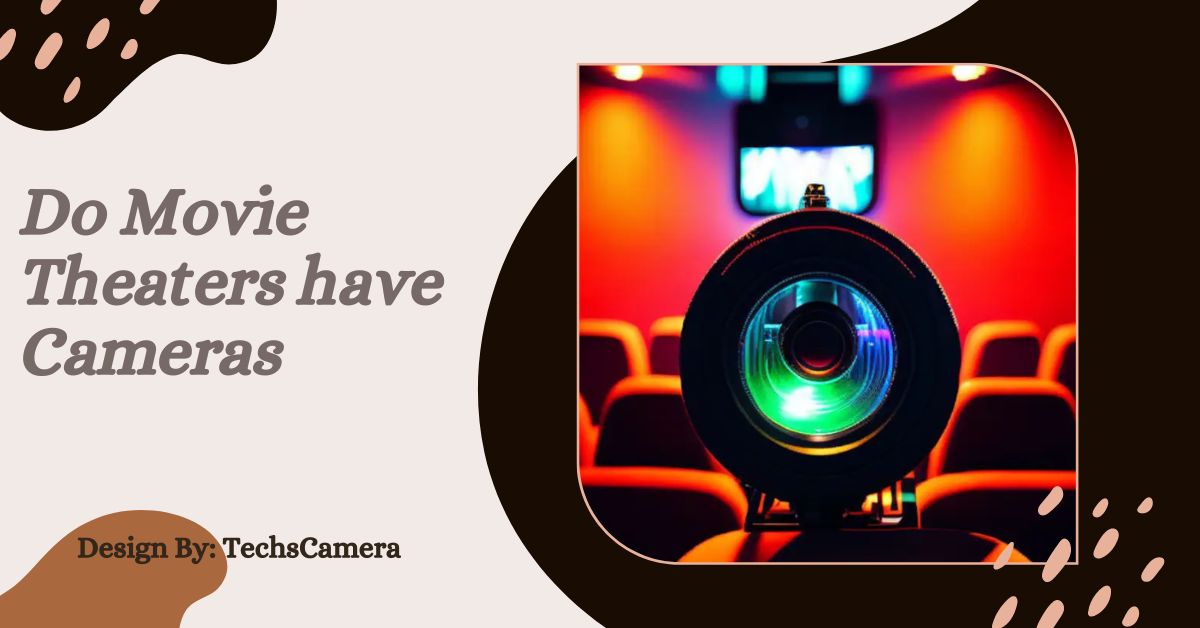

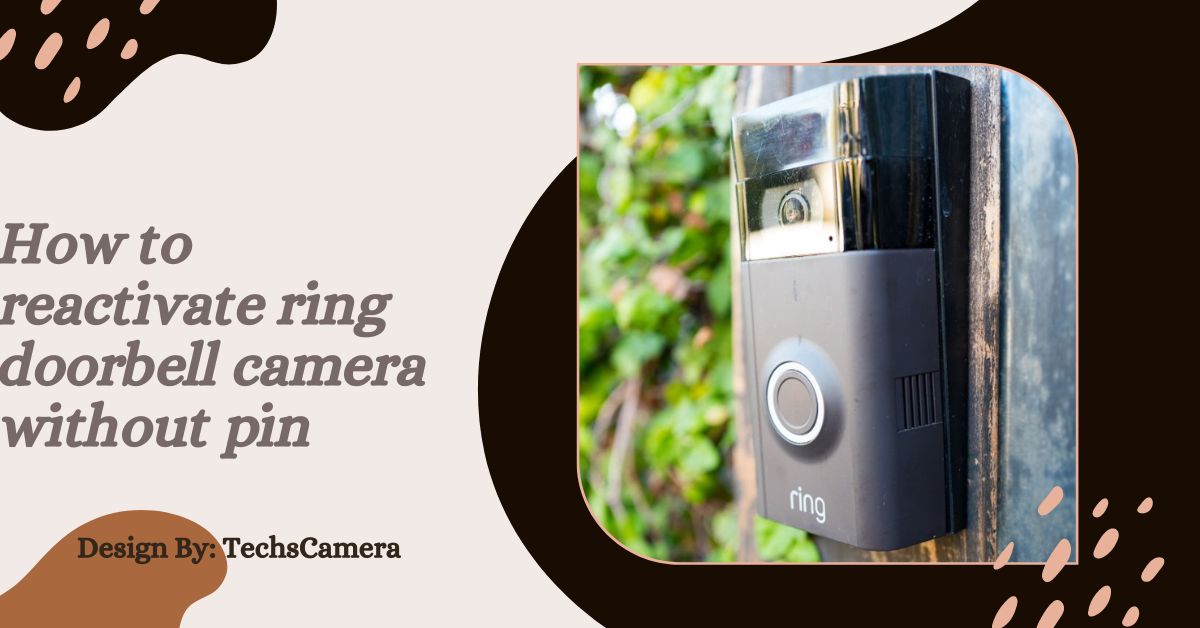

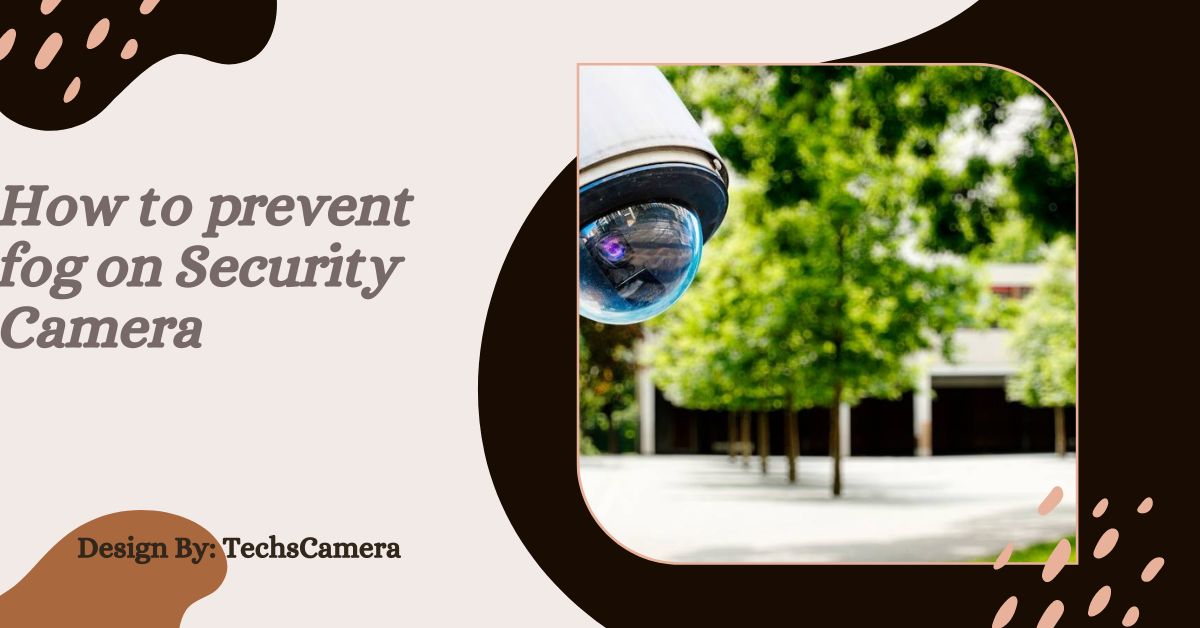
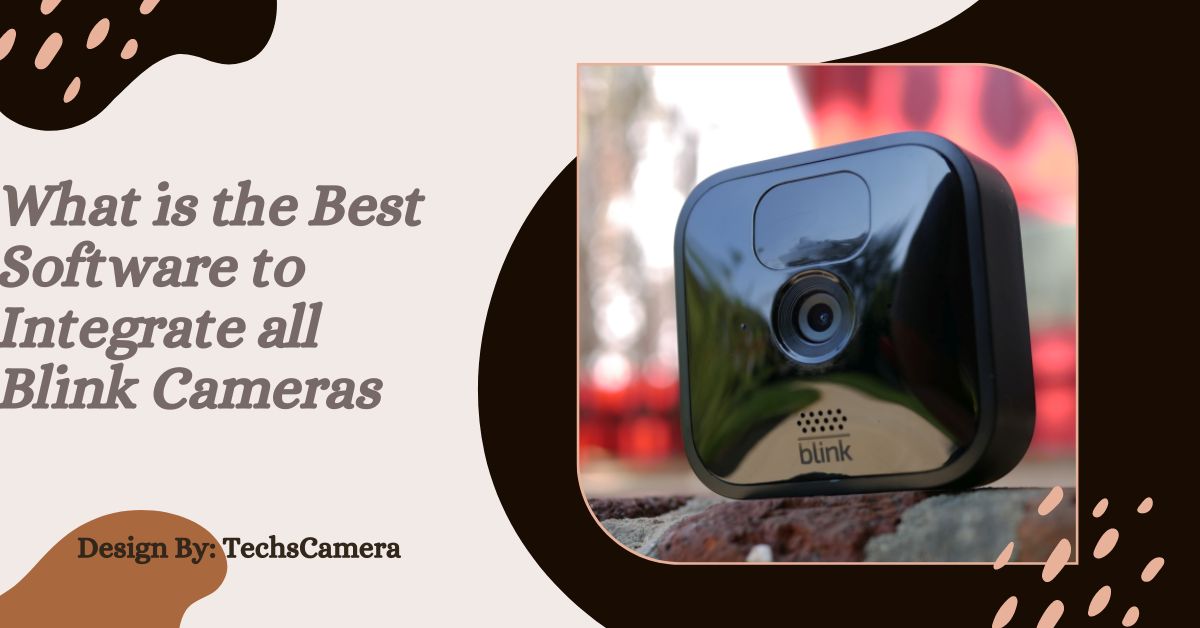
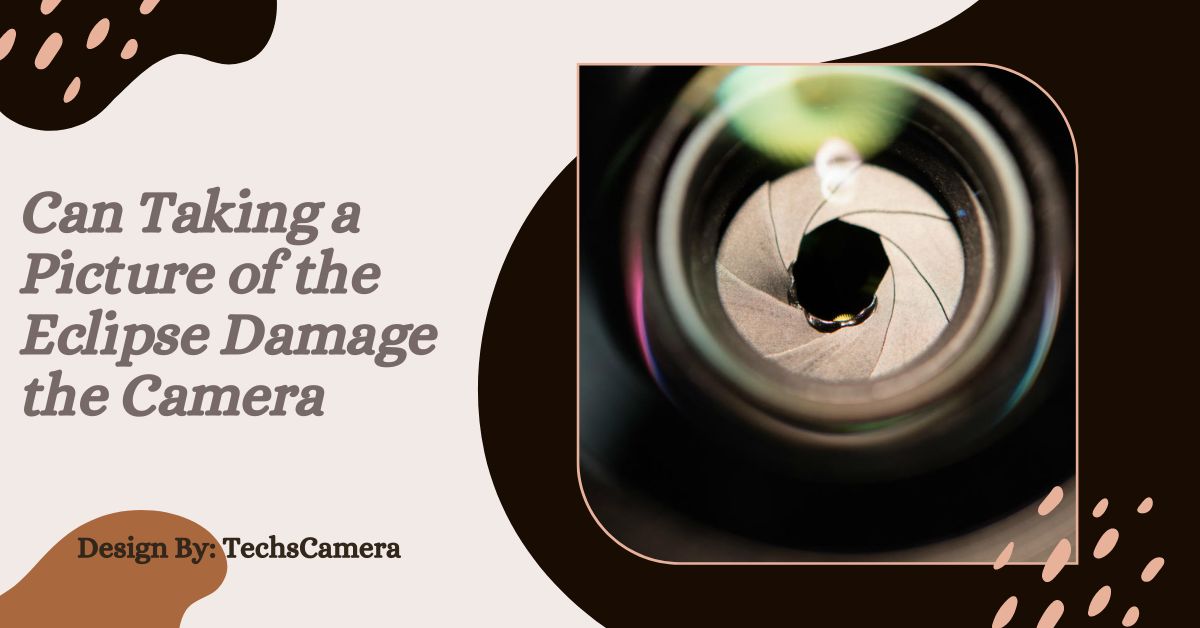

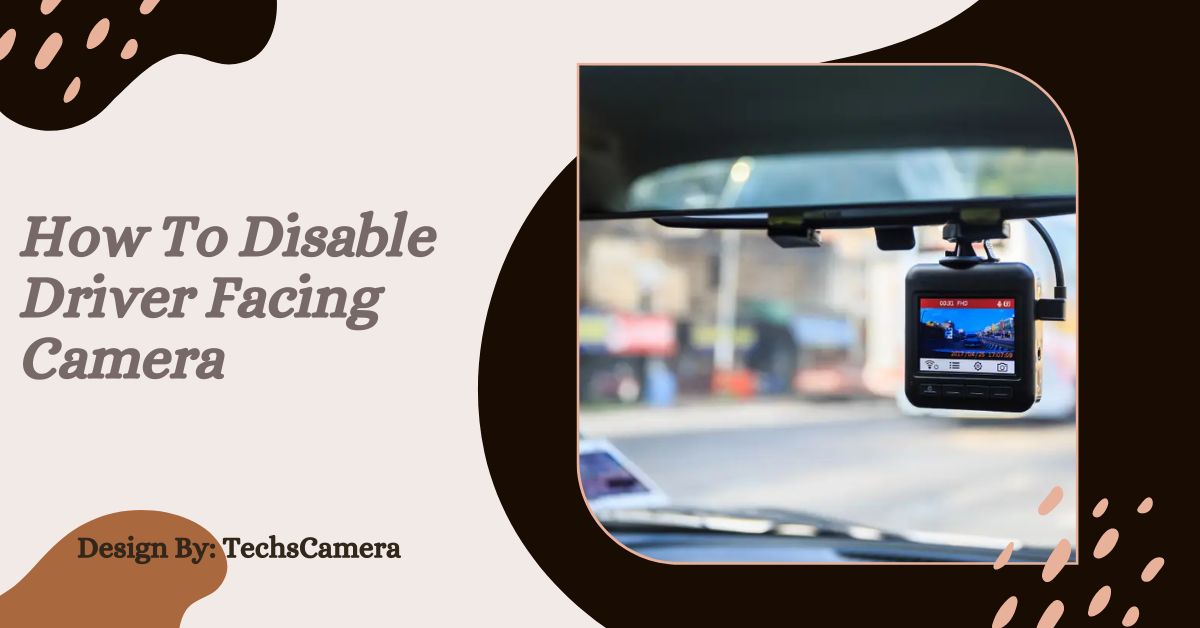
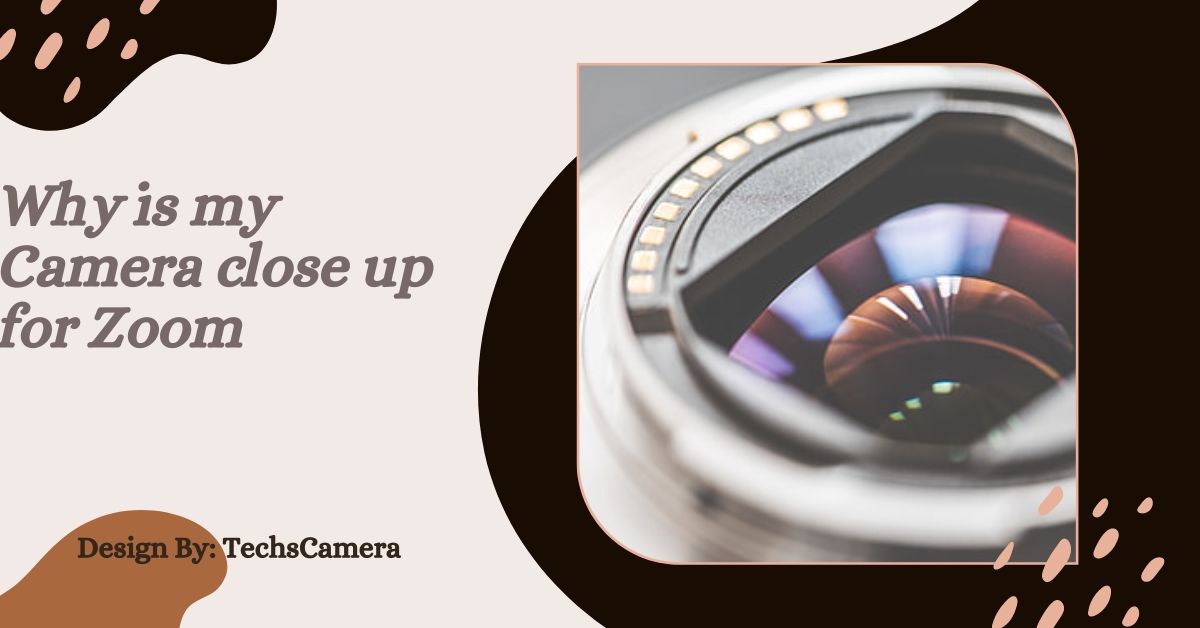




Leave a Reply